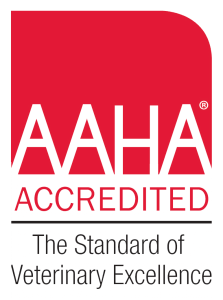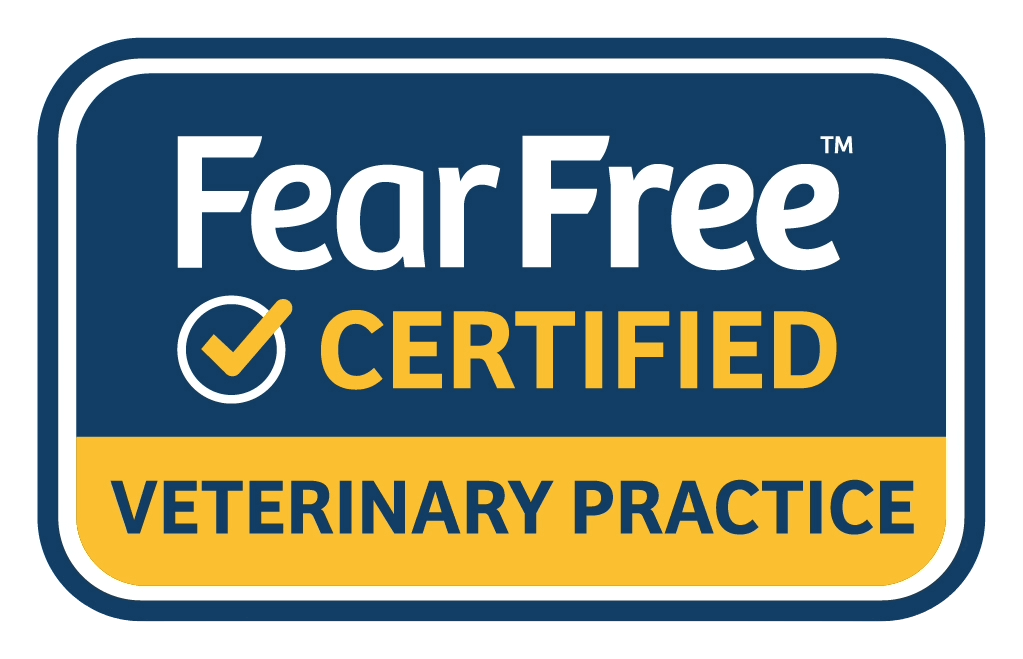When does my dog need anesthesia?
Dogs typically require general anesthesia when they are about to undergo a painful procedure. This could range from spaying or neutering, dental cleaning and extractions, or even invasive procedures like removing a bladder stone or foreign body that your dog may have swallowed. If your dog has suffered a severe injury like a car accident requiring a fracture repair, anesthesia would be necessary.
Dr. Noël Lucas
Blue Oasis Pet Hospital
What are the different types of dog anesthesia?
Dog anesthesia can be categorized into two main types: injectable anesthesia and gas anesthesia. Injectable anesthesia is administered through an injection and the dog becomes unconscious but only for a brief period before the drug is metabolized. This type of anesthesia is used for short procedures. Gas anesthesia, on the other hand, is used when we need to control the depth and duration of the anesthesia. This is administered by intubating the dog and putting them on gas anesthesia.
Are there any dog breeds that are more sensitive to anesthesia?
Yes, certain dog breeds are known to be more sensitive to anesthesia. Sight hounds such as greyhounds, whippets, and Italian greyhounds have sensitivities to specific drugs. Herding breeds like border collies and Australian shepherds have MDR1 gene mutation making them predisposed to certain drug sensitivities. Brachycephalic breeds like pugs, Boston terriers, Frenchies, and bulldogs have restricted airways which can cause sensitivities during anesthesia.
What do I need to know before my dog goes for an anesthetic procedure?
Before your dog undergoes general anesthesia, there are several pre-procedure steps to be aware of. These include restricting food usually the night before the procedure, administering calming therapy to ensure your dog is relaxed, and conducting a cursory examination to ensure your dog's health. We will also review your dog's medical records and recent blood work, ideally within the last six months, to assess their organ function. An ECG may also be performed to monitor their heart rhythm and waveforms.
What are the complications that could happen?
General anesthesia involves risks as it changes your dog's physiological states such as muscle immobilization, heart rate reduction, blood pressure and perfusion changes, and temperature reduction. It may also affect their kidney function and airway. Hence, a good anesthesia doctor always anticipates these risks and ensures all safety measures are taken to mitigate them.
What do I need to watch for at home after my dog has undergone anesthesia?
Post anesthesia, your dog's behavior may vary. Some dogs might act normal while others may struggle to get on their feet. Once home, ensure that they are safely out of the car and into the house. Keep other pets away and let your dog settle in a calm environment. It is crucial to supervise them and in case of any worries, Blue Oasis offers an after-hours telehealth service where you can ask us questions.
If you still have other questions and you'd like to reach out to us, you can call us directly at (615) 975-2583 , or you can email us at [email protected]. But please do reach out, and we'll get back to you as fast as we can. Don't forget to follow us on social media Facebook, Instagram
Dog Anesthesia - FAQs
Dr. Noël Lucas
Blue Oasis Pet Hospital
What kind of anesthesia is used for my dog?
The type of anesthesia that we use at Blue Oasis Pet Hospital is generally gas anesthesia, specifically isoflurane. We intubate your dog, get them under anesthesia, and maintain them on gas anesthetic. This is the most common type we use.
What's the difference between anesthesia sedation and general anesthesia?
Sedation is used to immobilize your dog so that they aren't able to move a lot while we do a procedure. We might sedate your pet if they have a lot of fear, anxiety, and stress. Sedated patients are still somewhat conscious, but they are able to have some normal reflexes. On the other hand, gas anesthesia involves intubation and the use of an anesthetic machine. The length of time that we have to do our procedures can be controlled by us, potentially much longer.
Will my dog need an exam and lab work before anesthesia?
Yes, absolutely. Your dog cannot just come into Blue Oasis Pet Hospital for a procedure without having been seen by a veterinarian. We go over the concerns that you have about anesthesia and surgery. We assess them as a general patient, they have a physical exam, and we check if they've had blood work. This is to mitigate the risk that we have. So, your dog needs to have a doctor partnership before we move forward with anesthesia and surgery.
What kind of pain medications will my dog receive before, during and after anesthesia?
The type of pain medication really depends on the type of procedure we're doing. The most common would be an anti-inflammatory. Some common examples would be Carprofen, and Meloxicam. Other pain medications that we use would be opioids like Hydromorphone, Torbugesic, Buprenorphine. We can also prescribe Tylenol with codeine for your dog, especially if they've had some major oral surgeries or they've had a real painful bone procedure. We also use local nerve blocks, for example, Lidocaine to numb the surgical sites.
How long do these procedures last?
A dog neuter would probably be under general anesthesia for no more than half an hour to 45 minutes on average, depending if it's a small dog. If it's a much bigger dog, they might take a little bit longer. A dog spay may also only take us about an hour of general anesthesia time. There are dog dental procedures where we do extractions or multiple extractions in the mouth. Those patients sometimes can be under general anesthesia for up to three hours. It really depends on what type of surgical procedure we're doing and how long anesthesia might need to last.
If you still have other questions and you'd like to reach out to us, you can call us directly at (615) 975-2583 , or you can email us at [email protected]. But please do reach out, and we'll get back to you as fast as we can. Don't forget to follow us on social media Facebook, Instagram
Dog Anesthesia - FAQs 2
Dr. Noël Lucas
Blue Oasis Pet Hospital
How long does it take for anesthesia to wear off in a dog?
General anesthesia, when we turn our gas anesthesia off, our isoflurane off on our vaporizer, those dogs tend to come up to consciousness usually within 5 to 15 minutes. However, post-anesthetic recovery time is longer and we need to monitor them to make sure that they're breathing okay, not having any dysphoria, and that they're warm and comfortable. Most of our dog patients are up and walking within 1 to 2 hours after general anesthesia.
What can I expect after I bring my dog home from an anesthetic procedure?
After anesthesia, your dog may feel woozy or tired, may not be able to walk in a straight line as easily, and may want to pace around a bit. It's important to watch for certain signs, which we will detail for you. You can get a hold of the healthcare team here on an app that we have called Anna Panyon for after hours questions that you might have.
How can I help my dog recover from anesthesia at home?
Ensure a calm, quiet environment for your dog, with the temperature regulated depending on the season. Avoid feeding them immediately, and supervise them closely. The recovery process is individual for each pet and we'll guide you through it.
Are there any signs of complications I should watch for?
Yes, they may not be able to get out of the car or navigate stairs easily. It's ideal to keep them on the floor and under direct supervision. Other pets and children should be calm around them.
Is there any schedule I should follow or specific food I should give my dog after surgery?
We recommend not giving a full dinner immediately after surgery to avoid nausea or vomiting. Start with a small meal, and if they hold it down, you can feed them a bit more. If they've had oral surgery, soften their kibble with water or broth, or feed them canned food for several days up to a week after surgery.
If you still have other questions and you'd like to reach out to us, you can call us directly at (615) 975-2583 , or you can email us at [email protected]. But please do reach out, and we'll get back to you as fast as we can. Don't forget to follow us on social media Facebook, Instagram
Dog Anesthesia - FAQs 3
Dr. Noël Lucas
Blue Oasis Pet Hospital
What are some of the risks and side effects of dog anesthesia?
General anesthesia in dogs carries several risks including an uncontrolled airway, abnormal heart rate and rhythm, getting too cold, and the blood pressure risk of dropping too low. At Blue Oasis, we take measures to mitigate these risks such as intubating dogs, using medications to keep their heart rates up, performing ECGs, using a hot dog blanket, and blood pressure monitors. We also use IV catheters and IV fluids during the procedure to help with kidney function and perfusion.
Are there certain conditions that increase my dog's risk of reaction during anesthesia?
Yes, if your dog has had any kind of side effects from general anesthesia in the past, we would want to know about it. Certain dogs also have different risk factors. For instance, sight hounds like greyhounds, border collies with an MDR1 gene recession mutation, and old English Bulldogs with smushy faces have higher risks associated with general anesthesia.
When is anesthesia not necessary?
Anesthesia would not be necessary if we did not need the dog to become unconscious. We determine this based on what we want to do for the pet and how much pain the procedure will inflict. Sometimes we can get away with just giving an older dog with multiple health issues a sedative and numbing the area up. Other times, like when we're doing dental work, we absolutely require them to go under general anesthesia to protect their airway.
We understand that anesthesia is a big worry for pet parents. At Blue Oasis, we allow you to stay with your pet before, during, and after the procedure. If you have any specific questions regarding your dog and anesthesia, we invite you to schedule an appointment with us.
If you still have other questions and you'd like to reach out to us, you can call us directly at (615) 975-2583 , or you can email us at [email protected]. But please do reach out, and we'll get back to you as fast as we can. Don't forget to follow us on social media Facebook, Instagram


